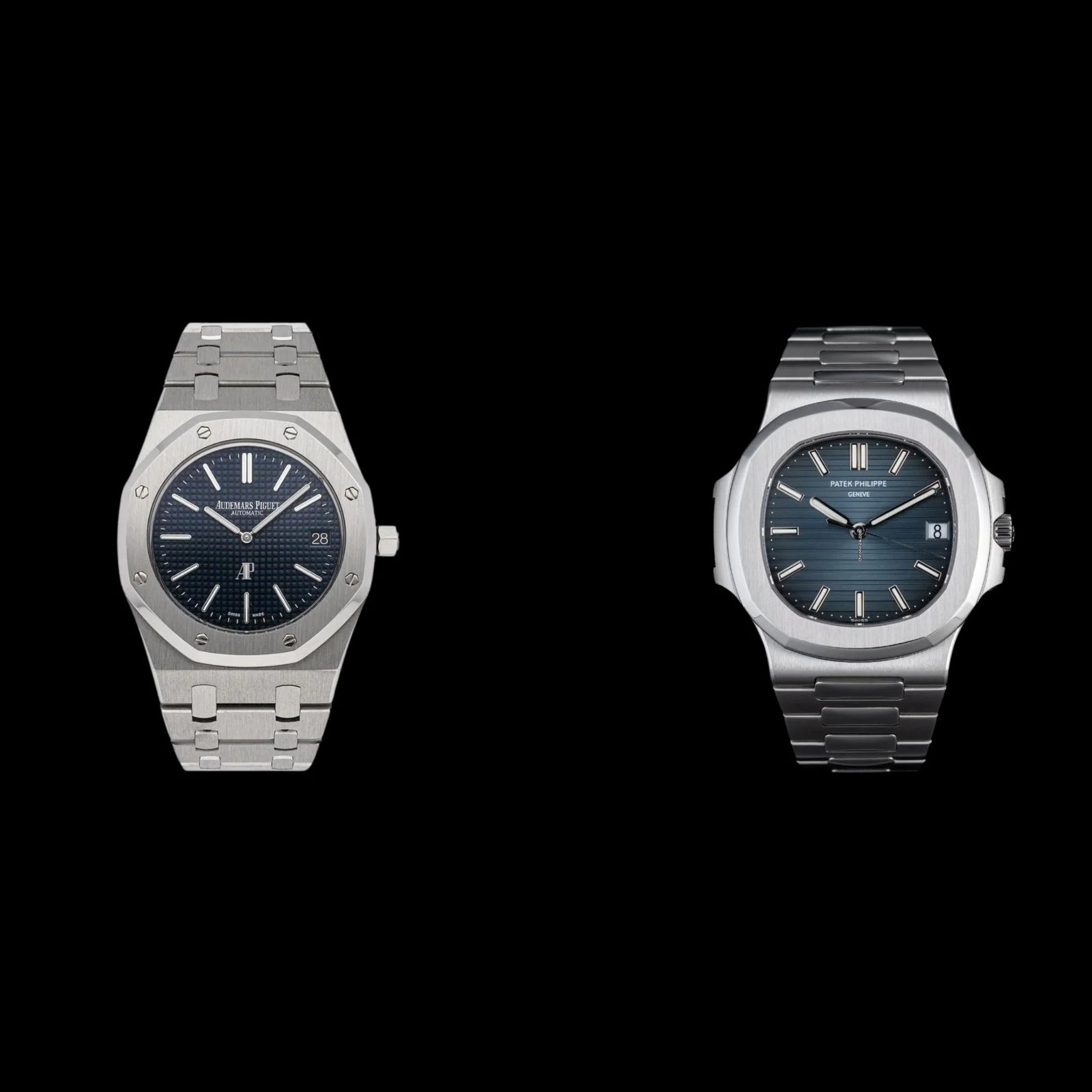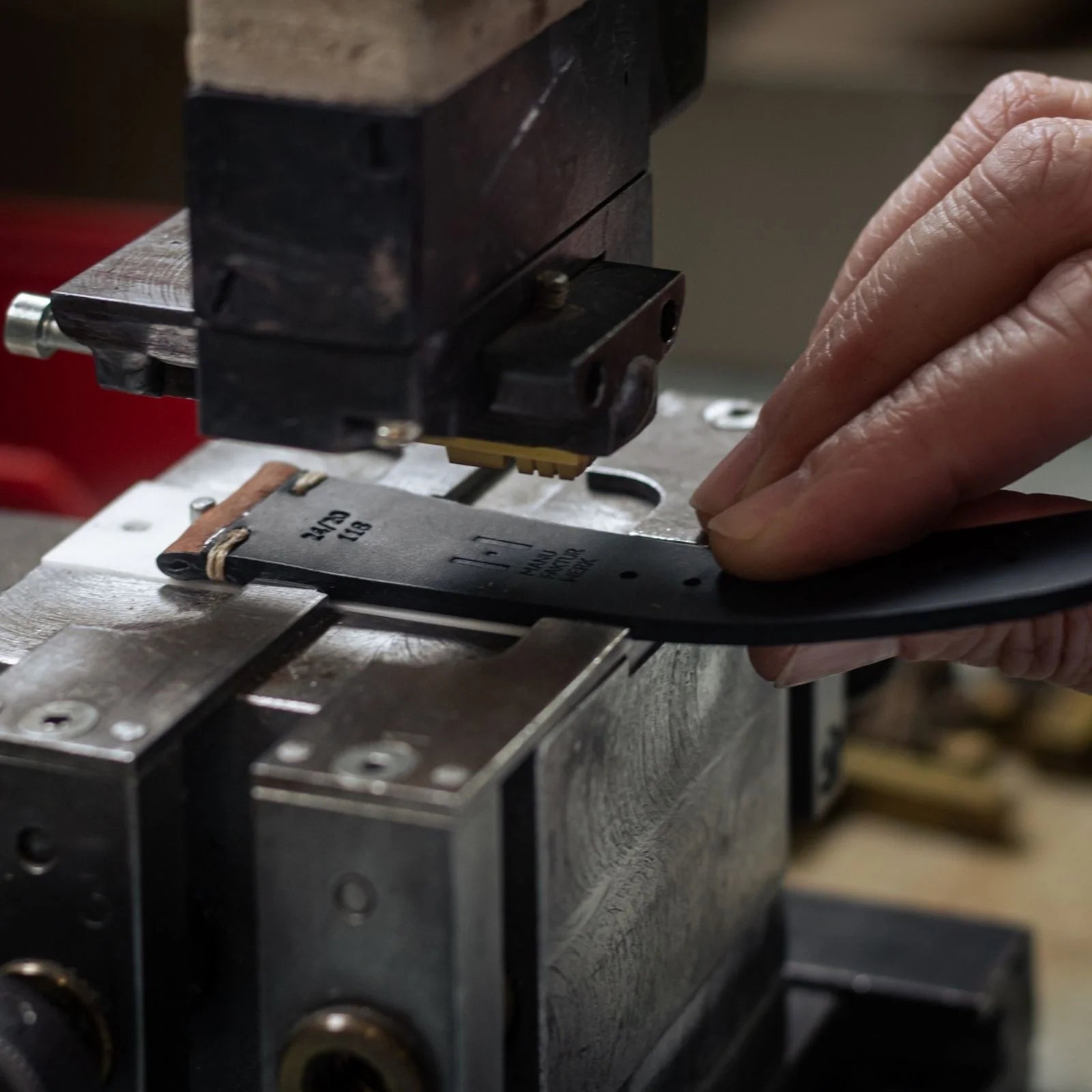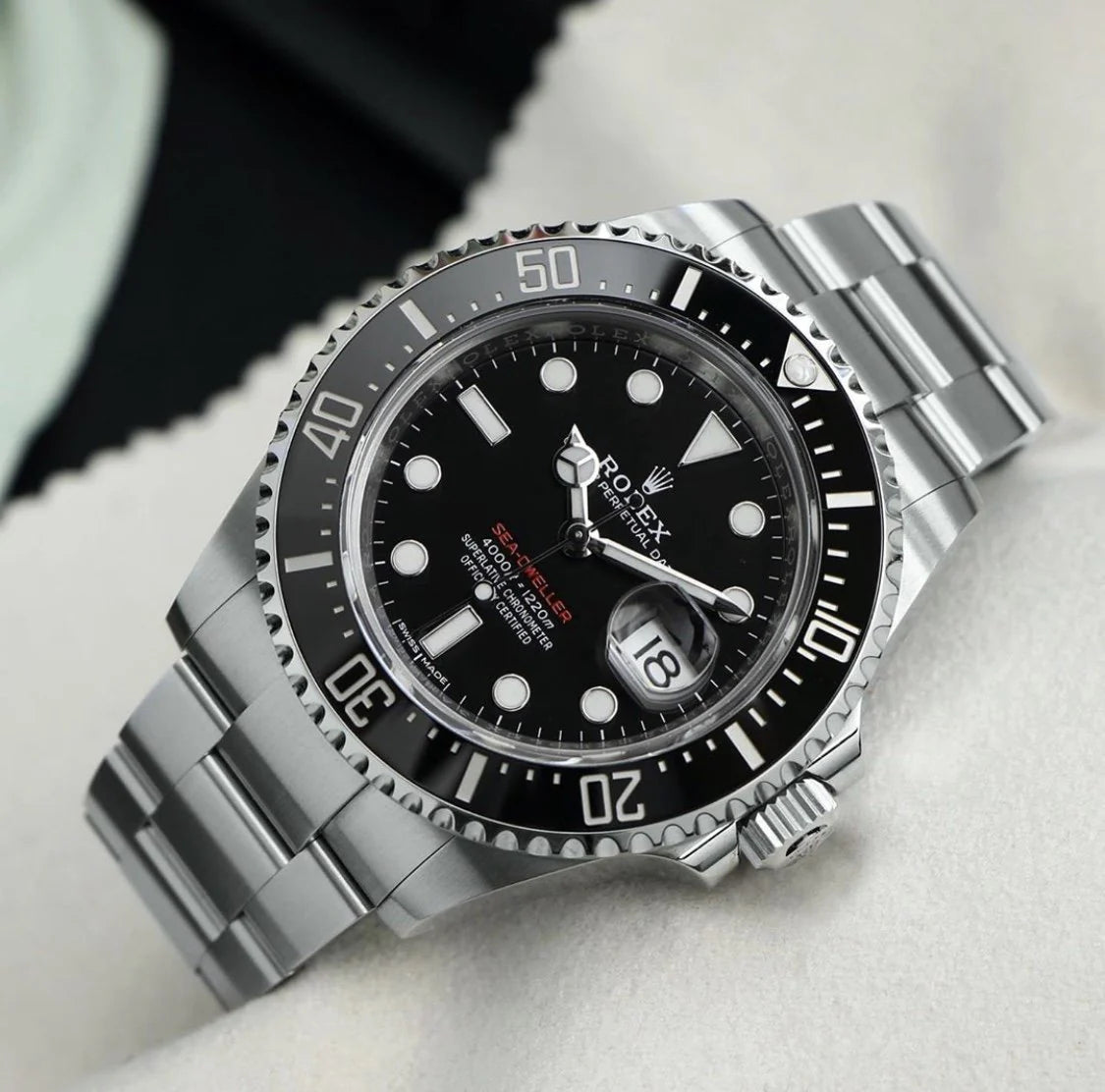Telefon +49 (0) 2011899400
Bracelets by type
Since 1918, the Cartier Tank has been considered one of the classics from the company with a worldwide reputation. What is hardly known, however, is that the first examples of the rectangular wristwatch were given to an American general and a British colonel - as a memento of their achievements for peace in the First World War.
The tank is angular, flat and slightly tank-shaped; two hands in the classic Breguet shape show the time. Roman numerals were also typical back then.
Alongside the “Santos” and “Pascha” series, the “Tank” is one of the icons from the Cartier range and is celebrating its 100th birthday in 2018. In the 1920s, however, the Tank was more than just a new watch - it also paved the way for the success of the wristwatch in general. Back then, there was still little acceptance of timepieces on the wrist; pocket watches or pocket watches converted into wristwatches were still in fashion. With the Tank, Louis Cartier wants to create an integrated design in which the strap merges into the case and makes both appear to be made from a single mold - and for the first time breaks with the otherwise traditionally round watch. This meant that the bracelet became an optical element for the first time and not just served as a simple attachment.
The watchmaker Edmond Jaeger, who has been working with the LeCoultre & Cie manufacturer based in the Swiss Vallée de Joux since 1906, was given responsibility for the inner values. Jaeger later took over the factory in Switzerland and formed the Jaeger-LeCoultre brand.
With the sapphire cabochon on the crown, Cartier made a statement back then, to which the Tank remains true to this day. The Tank even quickly made its way onto the screen; in 1926 the watch made its first appearance with silent film star Rudolph Valentino in “The Sheik's Son”. Actors like Clark Gable and Gary Cooper also wore a “Tank” – but later artists like Andy Warhol and many other celebrities also wore them. In the mother country of France, actors like Alain Delon were also considered prominent wearers.
Historical tanks are a real investment; a tank from the 1920s can easily fetch prices of up to 30,000 euros and more. Particularly valuable and rare is the elongated “Tank Cintrée”, whose case is not only longer than that of the “Tank Normale”, but also ergonomically curved. The Cintrée was presented in 1921 and, unlike the other tank models, was equipped with Arabic numerals at the end of the 1920s. In the 1920s, Cartier also began to use the Tank as a platform for numerous variants in all directions. In 1922, the Tank Chinoise followed with an accentuated case, which was particularly noticeable due to the even stronger lugs based on the motifs of a Chinese temple.
In 1928, the “Tank à Guichets” came onto the market – a digital clock that showed the hours and minutes as a disc display under a brushed gold or platinum plate. The hour display is jumping. The winding crown is mounted at 12 o'clock and emphasizes the slim and elegant design. The single-pusher chronograph “Tortue” also came onto the market at the end of the 1920s. A little later, the reversible watch, initially called “Cabrio-Réversible”, came onto the market and is now sold as “Tank Basculante”.
The tank is a constant, even in changeable times. In the 1950s, stars like Brigitte Bardot and Juliette Gréco wore a tank, but in 1965 Pierre Cartier died and the company was no longer owned by the family. It took almost ten years before Cartier rose again under the leadership of Robert Hocq and Joseph Kanoui.
“Les Must de Cartier” set an example in 1974 and helped to open up new target groups. The Tank will be one of the leading models in the new collection right from the start. This means that a new material is being used in the production of the most classic of all tank models: vermeil. The case is made of 925 sterling silver and is then plated with 20 micron gold. For the first time, quartz movements are also used in Cartier watches.
In addition to the rectangular case, blue hands and Roman numerals on the dial, the blue sapphire cabochon still adorns the crown. The Tank remains an evergreen to this day, constantly reinventing itself. The “Tank Américaine” took up the motif of the curved clock again in 1989.
The Tank Française came onto the market in 1996 with a stainless steel band. The watch is much more massive and is available in various material combinations with an automatic or quartz movement. In 2008, Cartier launched its own in-house movement, which also premiered in the Tank Américaine a year later. The Geneva Hallmarked Caliber 9452 MC offers a flying minute tourbillon with a visible cage – in the shape of the Cartier “C”. 2012 is also a year of the tank, with three new models coming onto the market. Historical features are quoted - partly from old collections, partly from Louis Cartier's sketchbook himself.
The stylistic elements of the “Tank LC” from 1922 appear on the dial and case of the “Tank Louis Cartier XL”. At just over 5 millimeters, the watch is significantly flatter than the model from the 1920s.
After Tank Américaine and Tank Française comes Tank Anglaise to bring a little balance to the international distribution of Tank watches. The “Tank Folle” breaks away from the rectangular shape and is still a tank with its abstract shapes: in addition to the cabochon crown, the hands and dial are characteristic with the Chemin de Fer minute track. Fresh as it was 100 years ago: the Tank is a classic.
No products found in this collection


